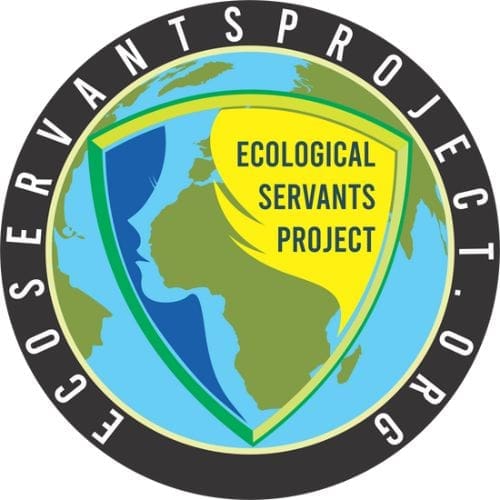Imagine you’re at the beach, building the biggest sandcastle you can. But instead of just sand and shells, you notice tiny, colorful pieces mixed in. These tiny pieces are called microplastics, and they’re smaller than a sesame seed. Despite their size, they pose a huge problem for our planet.
Where Do Microplastics Come From?
Microplastics start off as bigger pieces of plastic like water bottles, straws, and plastic bags that don’t get thrown away properly. Over time, sunlight, wind, and water break these items down into teeny-tiny pieces. But that’s not the only source! Some microplastics are already small to begin with, like the tiny beads in toothpaste and face wash, or the fibers that come off our clothes when we wash them.
Why Are Microplastics a Problem?
These microplastics are like unwanted guests at a party. They sneak into oceans, lakes, and rivers, and even into the soil. Animals, thinking these particles are food, eat them. This can make them sick, and because microplastics can’t be digested, they stay inside the animals. When fish eat microplastics and we eat fish, they can end up inside us, too!
Microplastics also carry harmful chemicals that can hurt the environment and living creatures. They’re like sponges, soaking up bad stuff from the surroundings and then spreading it around.
What Can We Do About It?
Reduce, Reuse, Recycle: Try to use less plastic in your daily life. If you do use plastic, make sure it gets reused or recycled.
Choose Products Wisely: Pick products without microbeads (those tiny plastic beads found in some beauty products) and opt for clothes made from natural fibers to reduce microfiber pollution.
Participate in Cleanups: Join our local clean-up efforts to help remove plastic from beaches, parks, and rivers.
Spread the Word: Share what you’ve learned about microplastics with friends and family. The more people know, the more they can help! Invite everyone to become an EcoServant.
Together, We Can Make a Difference!
Even though microplastics are a big problem, every small action helps. By making more eco-friendly choices and helping others to do the same, we can reduce the amount of microplastics in our environment. Remember, every bit helps in keeping our planet healthy and happy!
